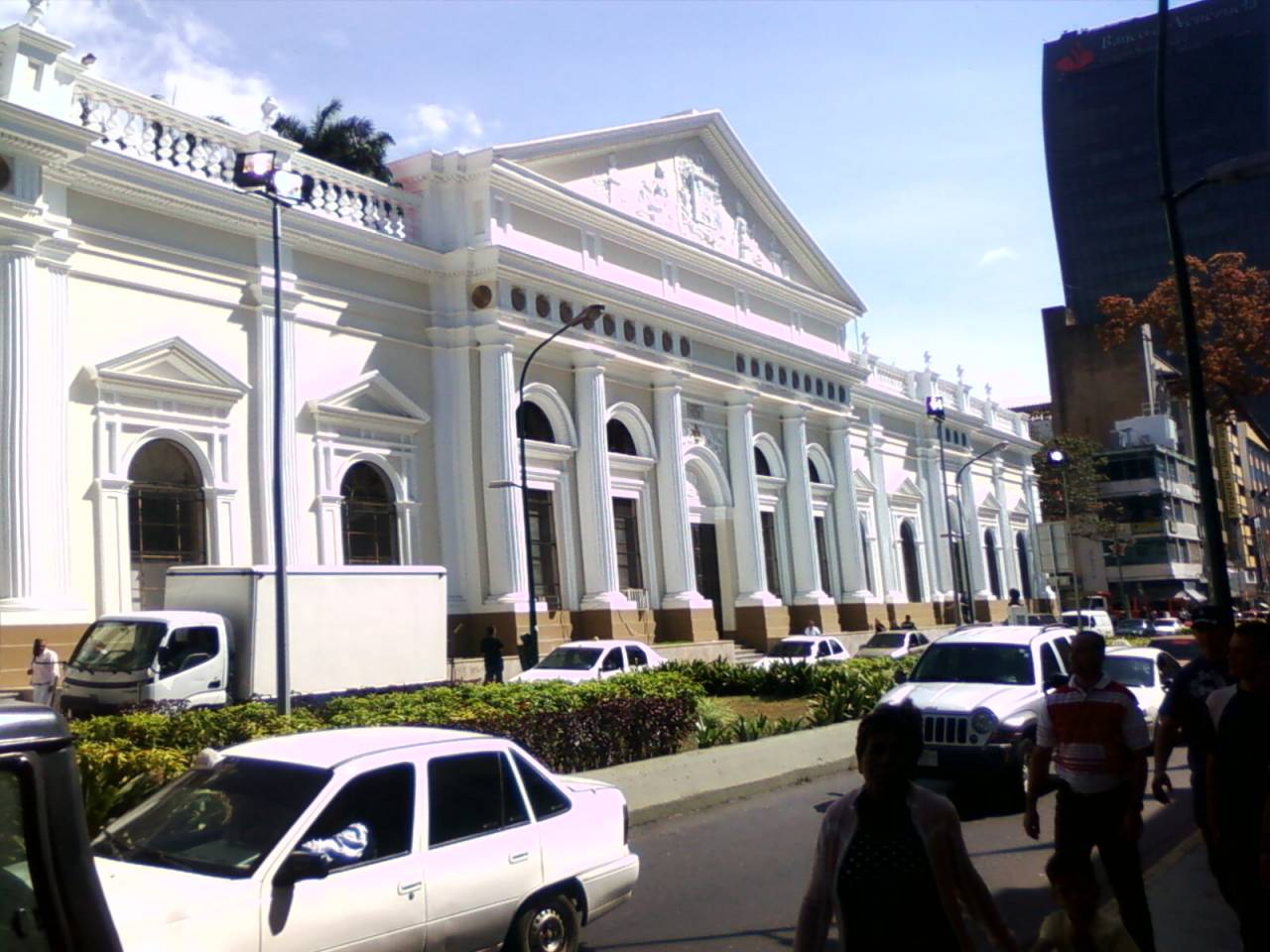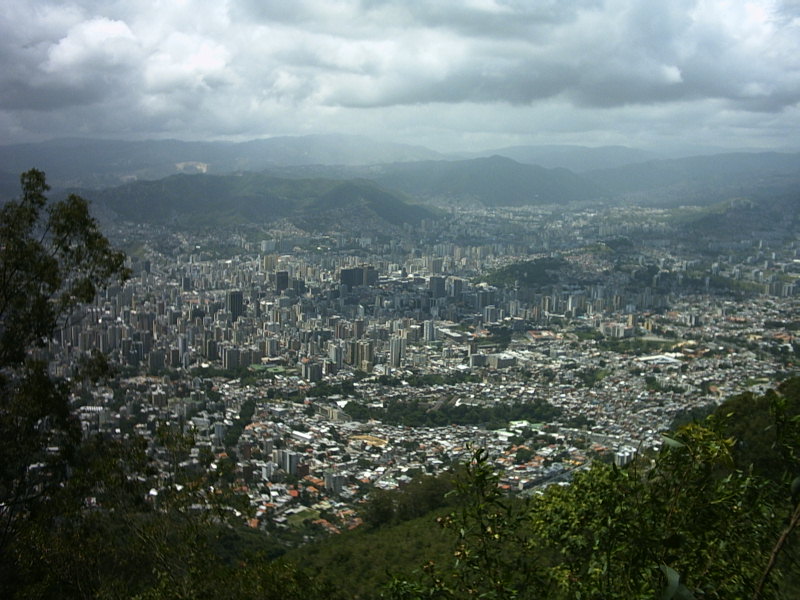|
|
 CARACAS - DISTRITO FEDERAL CARACAS - DISTRITO FEDERAL
The Capitolio Federal occupies an entire city block, and, with its golden domes and neoclassical pediments, can seem even bigger. The building was commissioned by Antonio Guzmán Blanco in the 1870s, and is most famous for its Salón Elíptico, an oval hall with a mural-covered dome and walls lined with portraits of the country's great and good.
Visit on Independence Day and you'll catch a glimpse of the original Act of Independence of 1811, installed inside a pedestal topped by a bust of Bolívar and displayed only on this most auspicious of public days. The halls surrounding the salon are daubed with battle scenes commemorating Venezuela's fight for independence.
|
Capital:
Caracas.
The population of Caracas is of 5,452,320 (2007) inhabitants, not including the surrounding suburbs, like Petare, whose population is approximately 1,500,000 people.[citation needed]
The mixture of races and cultures has marked this city throughout its history. Previously, during colonial times, Spaniards mixed with local native Indians and again with African slaves brought to work on the cocoa and coffee fields. As a result, the racial and ethnic composition of Caracas is diverse.
After independence and following the discovery and exploitation of petroleum, European immigrants began to arrive in the growing city. Examples include the French, who brought the telephone system (thus, locals answer the phone in French style, saying "aló", and the Dutch (Shell Petroleum), who came to exploit the natural resources.
The aftermath of the Second World War, repressive European dictatorships, and the continued exploitation of petroleum attracted many thousands of immigrants from Spain (Galicia, Canary Islands especially), Portugal (Madeira Island especially), and Italy. Middle Eastern immigrants from Palestine and Lebanon also sought a new life in the city.European immigration was notorious during the 1960s and 1970s, but the 1980s and 1990s saw growing numbers of immigrants hailing from neighbouring countries such as Colombia; Ecuador; Peru, Bolivia, Trinidad and Tobago, and Haiti.
Due to the old Spanish influence, mixture of races and cultures has been an accepted part of life in the city of Caracas. Therefore, it is not difficult to find blond people with dark eyes, as well as very dark people with blondish hair and blue eyes. Nevertheless, the common demography would be "mulatos" (people of mixed black and white ancestry), "mestizos" (mixed white and native Indian), and "criollos" (an amalgamation of three races).
Many newcomers from the countryside have arrived, but unfortunately the city has grown haphazardly. No demographic planning has ever been carried out, thus there are entire districts and neighbourhoods of Caracas lacking water and electrical systems, not to mention other services like schools, hospitals, police, fire departments, etc. Therefore, some suburbs and districts of the city are like lawless territories, in which insecurity is felt at all times. Caracas, like many other Latin American cities, represents the best example of "non-planned supportable development", where a modern, progressive city coexists with lawlessness and poverty. |
| |
|

* The Caracas Metro has been in operation since 1981. With 04 lines and more than 50 stations, it covers a great part of the city, it also has an integrated ticket system, that combines the route of the Metro with those offered by the Metrobús, a bus service of the Caracas Metro. The Metro system works from 5:30 a.m. to 11:00 p.m.
* Buses are the main means of mass transportation. There are two bus systems: the traditional system and the Metrobús. The traditional system runs a variety of bus types, operated by several companies on normal streets and avenues:
o Autobus; large buses.
o Camioneta; medium size buses.
o microbus or camionetica; vans or minivans.
* IAFE; train services to and from Tuy Valley cities of Charallave and Cúa.
* The Simón Bolívar International Airport, the biggest and most important in the country is located outside the city, roughly 20 miles from the downtown area. Taxis and Buses are available at the airport to provide transportation to the city.
|
|
|
 FAMILY 24 FAMILY 24

|
|
|
|
|
|